DuMOR Plastic Rabbit Cage Tray – Small Pet Cage Cleaning
Designed for use with rabbit and other small animal cages, the DuMOR Plastic Rabbit Cage Tray is designed to keep your furry friend’s home sanitary and healthy. Compatible with most major brands of cages, this small animal cage tray features durable plastic construction to make cleaning easy and convenient. The rabbit cage tray is easy to install and remove, and it’s backed by a 1 year limited warranty for purchase assurance.
Designed for use with rabbit and other small animal cages, the DuMOR Plastic Rabbit Cage Tray is designed to keep your furry friend’s home sanitary and healthy. Compatible with most major brands of cages, this small animal cage tray features durable plastic construction to make cleaning easy and convenient. The rabbit cage tray is easy to install and remove, and it’s backed by a 1 year limited warranty for purchase assurance.
- For use with rabbit and other small animal cages
- Small animal cage tray is compatible with most major brands
- Made with plastic construction for durability and easy cleaning
- Comes in the color black for a classic appearance
- Easy to install and remove the rabbit cage tray for convenience
- Designed to keep cages sanitary
- Dimensions of the rabbit cage tray: 36 in. x 30 in.
- Backed by a 1 year limited warranty
Additional information
| Animal Compatibility | Rabbits |
|---|---|
| Disposable/Reusable | Reusable |
| Primary Color | Black |
| Primary Material | Polypropylene |
| Product Height | 2.755 in. |
| Product Length | 36 in. |
| Product Weight | 5.58 lb. |
| Product Width | 30 in. |
| Manufacturer Part Number | HLF1725 |

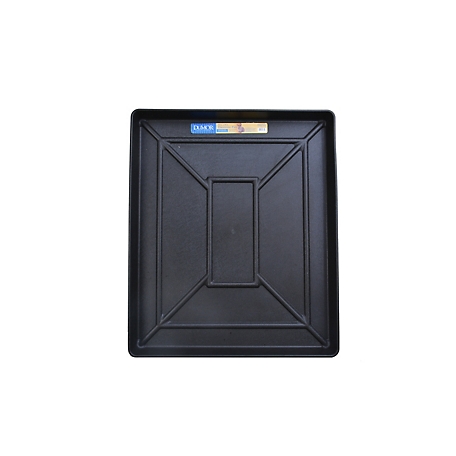
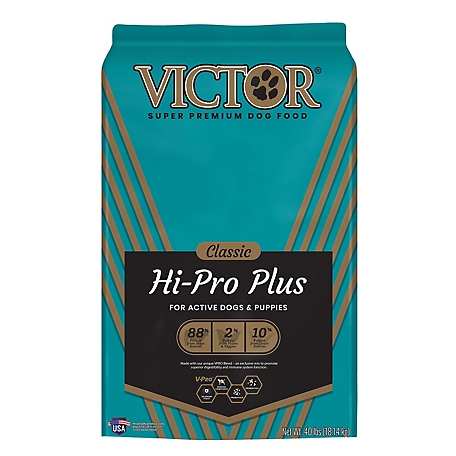
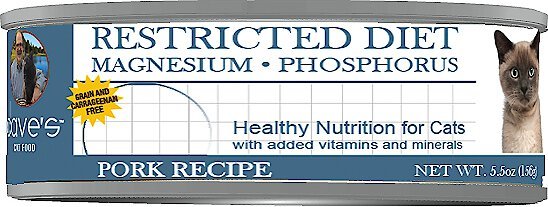
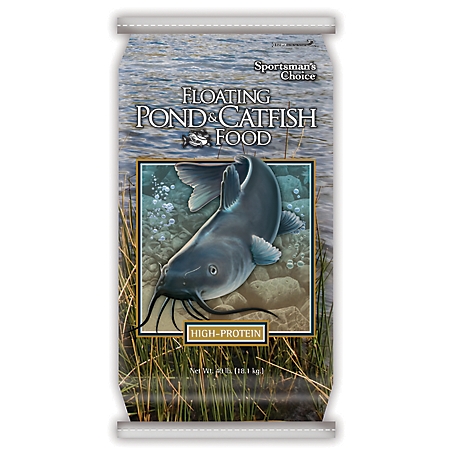
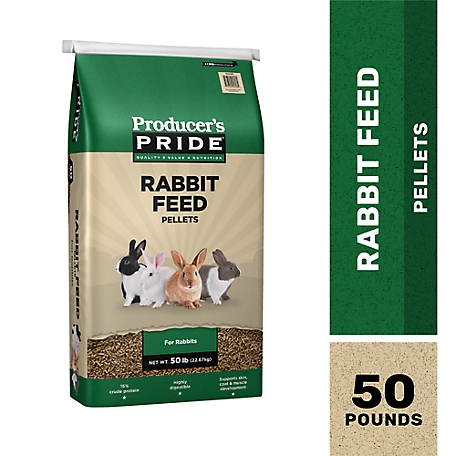

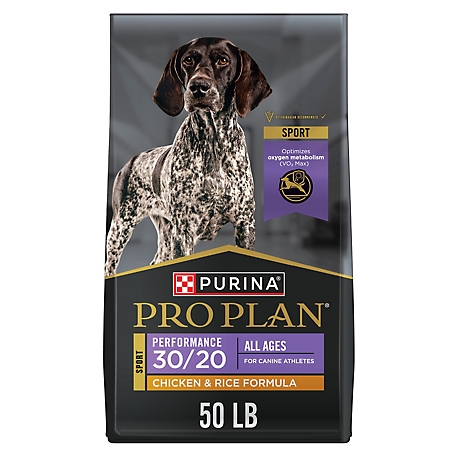

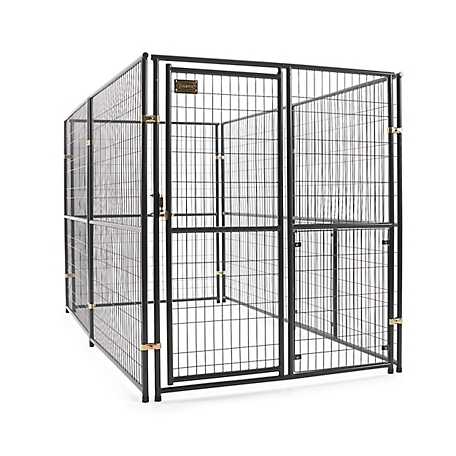

by Jackson
Dumor lg plastic rabbit trays are very good quality and work perfect with their cages.
by John
We use these as potty training boxes for our puppies. Filled with alfalfa pellets, they work great and are easy to clean.
by Steve
These trays work great with the 30 x 36 cages. They must be used with the stacking hardware, sold separately. They keep the animals out of their own droppings, so it’s much healthier than using bedding, and cleaning is a breeze. I line mine with cardboard, covered with a layer of large parchment sheets, which I just change when soiled.